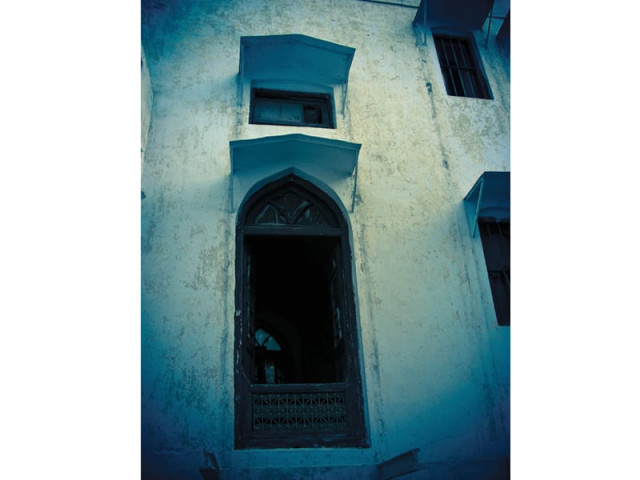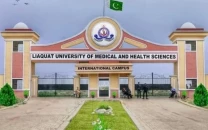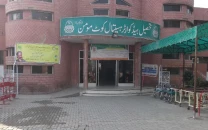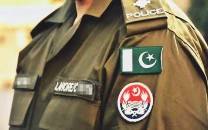Heritage: Stories from the past
The Fakir family uses narrative to generate interest in historical artefacts.

“A museum from where you return having learnt nothing is a dead museum,” states Fakir Syed Saifuddin. He is the curator of the Fakir Khana, an ancestral home-cum-private museum that houses over 30,000 artefacts from the subcontinent — courtesy of Maharaja Ranjit Singh to the Fakir family, who were once the Punjabi monarch’s physicians.
From miniatures painted with a single strand of hair on ivory to needle sketches to the most ancient of crumbling manuscripts and Quranic texts, Fakir Khana is an impressive and eclectic collection of crafts that demonstrate diversity of the people — from different religions, ethnicities and ideologies — that the subcontinent once boasted.
“Lahore was the birthplace of many religious movements,” states Farhan Shah from the sixth generation of the Fakir clan. “Even the oldest Hindu temple, where Ram’s son Loh was born, is in the city. Within the same confines lies the oldest and perhaps the first Buddhist temple as well as the first mosque in the region,” says Shah who is aghast that the state version of Pakistan’s history has obliterated the contributions of many non-Muslim rulers.
A trip down the memory lane
The family has been personally curating the museum for the last 200 years. Yet, to date, visits to this treasure trove are made by appointment. Shah, 30-year-old scion of the Fakir clan, has taken on the responsibility of bringing history to his generation. “Every month, I personally take a group of people to the museum,” says Shah, who believes that the best way to generate genuine interest is through word of mouth. “People have such disdain for history that without these personal guided tours, it is virtually impossible to get them to take an interest,” admits Shah.
“I try to make the tours interesting by injecting humour and personal anecdotes,” he adds. Certainly, the tale on how Singh and his lover made merry at the Wazir Khan Mosque and then fell severely ill gets many chuckles. One is left astounded when Shah reveals that the Badshahi Mosque was never intended to be made (all those red tiles were instead meant for Dara Shikoh to create a path straight from the court to the Mian Mir Shrine). “There are several layers of meanings to every historical piece. Hence, it is very important to explain every piece of art,” adds Saifuddin, who is Shah’s uncle and chief curator at the museum.
“People have turned world over to the interactive museum model. Everywhere you go, you will see an audio phone hanging next to a piece, because without a story an object is just a dull thing,” adds Saifuddin.
Potential threat
However, the open nature of the museum and no formal cataloguing of the artefacts puts them at risk of theft and misplacement, a fact that appalled Yaqoob Khan Bangash, Assistant Professor of History at FC College, Lahore. Bangash now intends to initiate a process of organising and preserving the valuables — “We need to create a catalogue whereby we know exactly how many pieces there are and then create a process whereby royalties can be earned to sustain the museum and its costs.”
Meanwhile, although museums all over the world are struggling to keep up the environmental costs of preserving their work, the Fakir clan has no such worries about atmospheric hazards. “I don’t know the hikmat (wisdom) in this, but our ancestors would always say that it’s important to take these things out in the fresh air.” But when one sees the state of these fragile scripts, one can’t help but feel that every touch (even while taking them out) is leading to further decay. And don’t all museums around the world bear plaques with the stern warning ‘Do Not Touch’?
“You may not agree with me,” says Saifuddin. “But everything needs human touch. All things need love. If you leave your ageing grandparents alone, they will wither and die. But if you hug and kiss them every day, they will mature gracefully.”
Published in The Express Tribune, October 12th, 2011.



















COMMENTS
Comments are moderated and generally will be posted if they are on-topic and not abusive.
For more information, please see our Comments FAQ